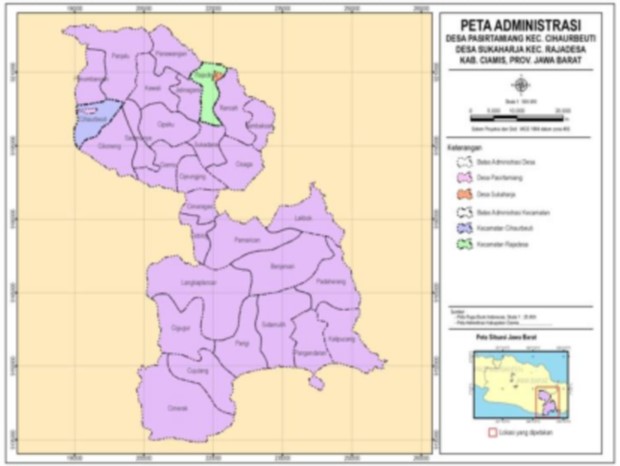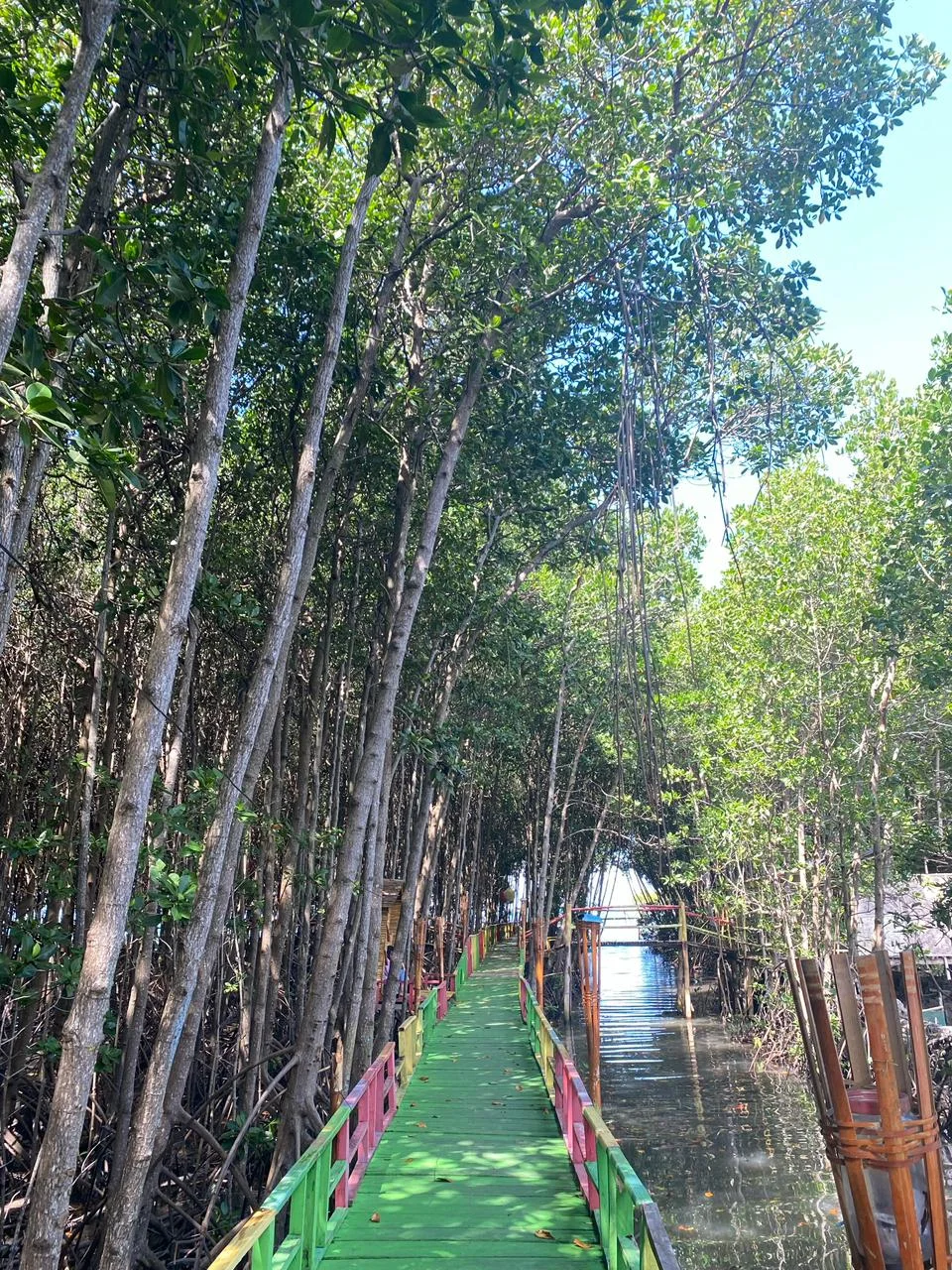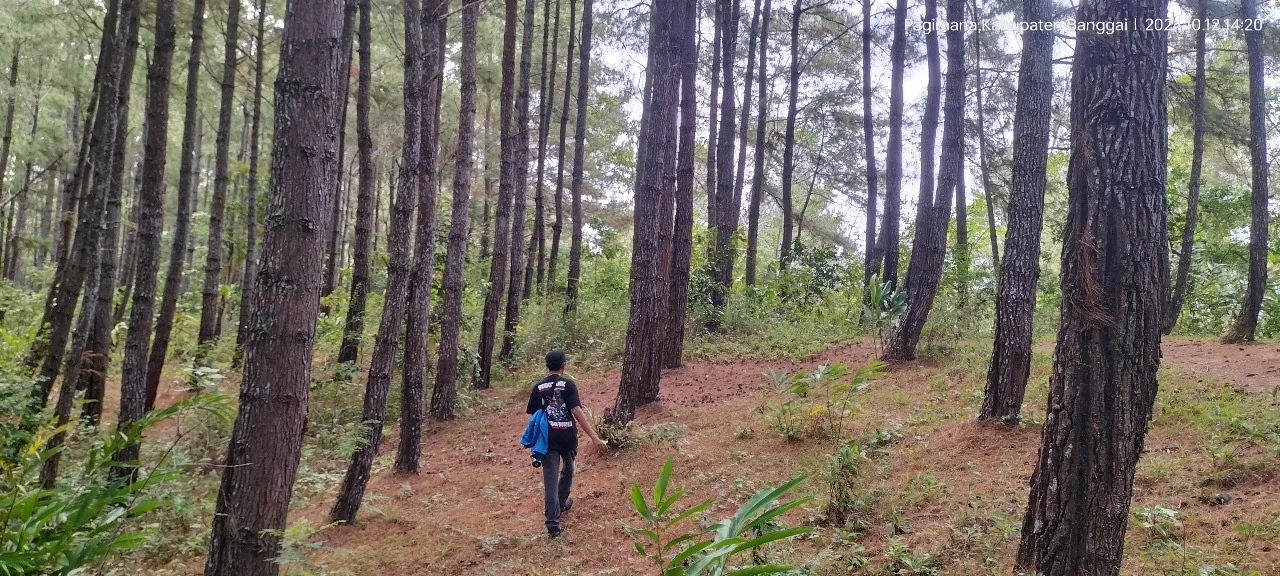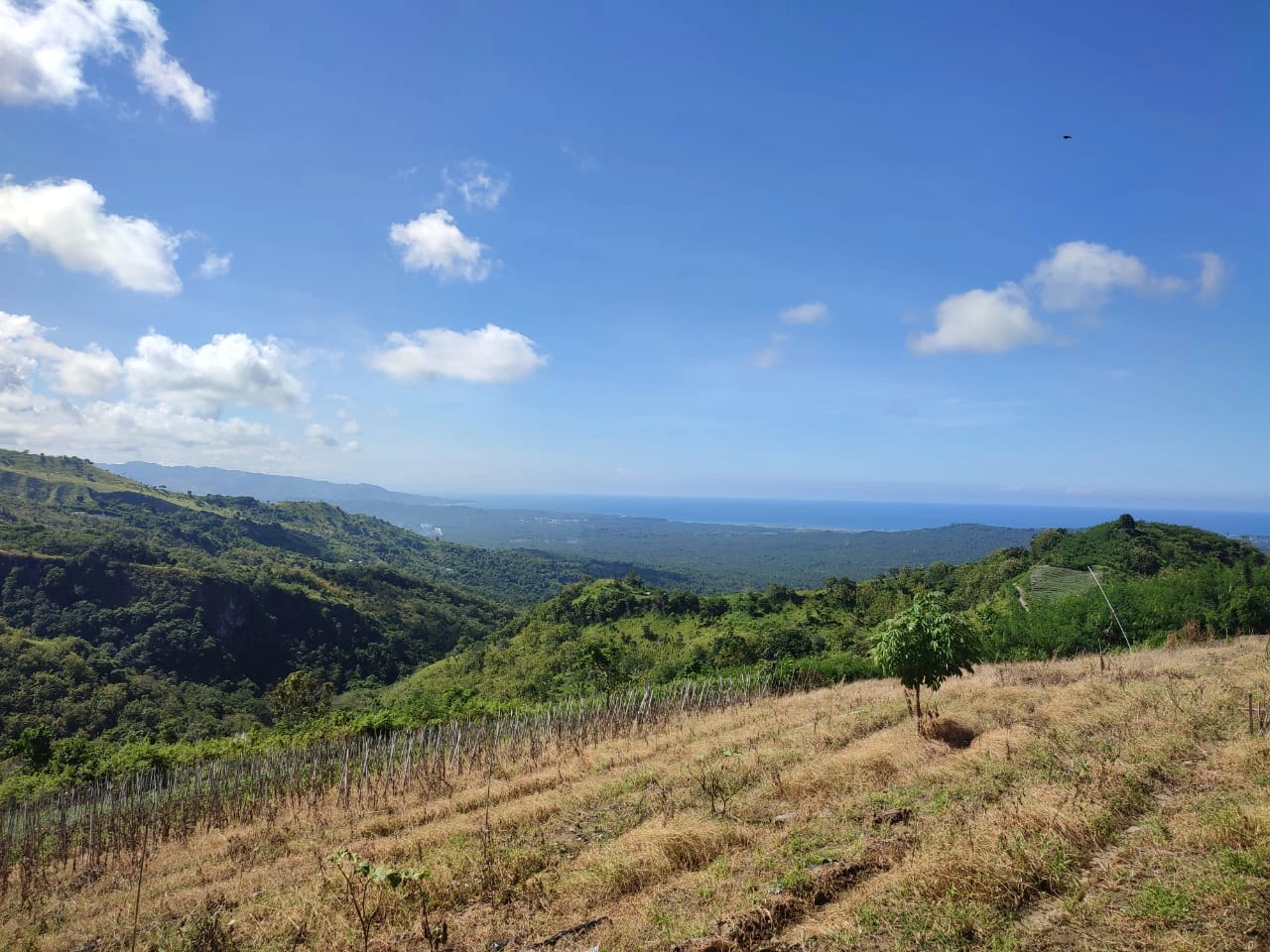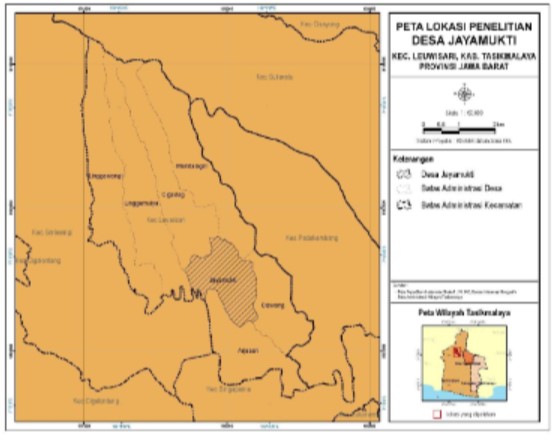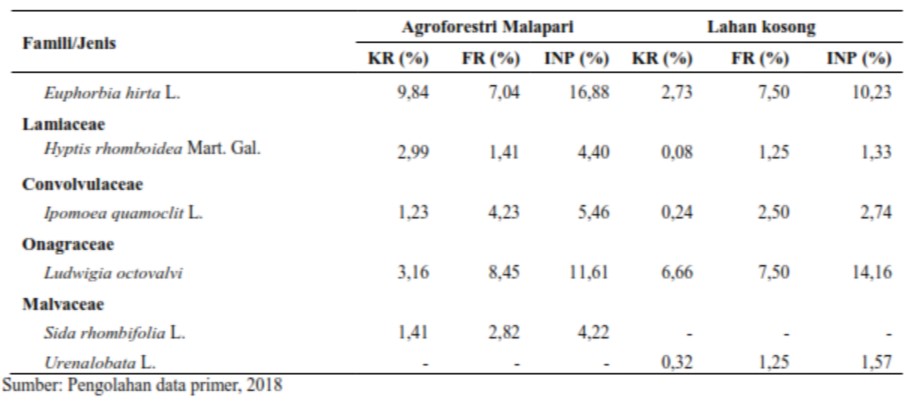Potency and Agroforestry Patterns that Support Bamboo Sustainability in Sukaharja Village, Ciamis District
Abstract
Some people still thinks that bamboo has a low economic value. Many bamboo plants in the community are removed or replaced with other commodities. Sukaharja Village in Ciamis Regency is one of the centers that produce of bamboo. The community feels the economic benefits of the existence of the bamboo, so the existence of bamboo plants is still sustained. Bamboo management in Sukaharja Village can be used as a learning for bamboo farmers in other places. The study aims to determine the potential of agroforestry bamboo in Sukaharja Village. Potency of bamboo was collected by survey method. The observation plot was made as many as 39 plots. Vegetation observation and measurement was done by census (100 %) in all selected land area so that all types of compiler can be known. Parameters recorded/measured were bamboo species, number of clumps, number of tillers, number of young stems, number of old stems, stem height and stem circumference. Data related to socioeconomic obtained through interview. Respondents interviewed was chosen purposively by 69 respondents. Secondary data was obtained from literature study and data from agencies that are related to research objectives, such as District Forestry office, village office, and Agricultural Extension Agency, Fisheries, Livestock and Forestry. Bamboo in Sukaharja Village has a potential of 765 bamboo stems per hectare with 53 % composition of young bamboo and 47 % old bamboo, dominated by 92 % Gigantlochoa apus. Bamboo in Sukaharja village can be sustainable because it is cultivated with agroforestry pattern. The pattern of bamboo agroforestry in Sukaharja village community is a) Bamboo + wood, b) Bamboo + HHBK, c) Bamboo + plantation crop, d) Bamboo + horticulture.
##submission.copyrightStatement##
##submission.license.cc.by-nc4.footer##Copyright and License
All articles published in Wasian Journal are the property of the authors. By submitting an article to Wasian Journal, authors agree to the following terms:
-
Copyright Ownership: The author(s) retain copyright and full publishing rights without restrictions. Authors grant the journal the right to publish the work first and to distribute it as open access under a Creative Commons Attribution 4.0 International License (CC BY 4.0).
-
Licensing: Articles published in Wasian Journal are licensed under a Creative Commons Attribution 4.0 International License (CC BY 4.0). This license allows others to share, copy, and redistribute the material in any medium or format, and adapt, remix, transform, and build upon the material for any purpose, even commercially, provided that proper credit is given to the original author(s) and the source of the material

This work is licensed under a Creative Commons Attribution 4.0 International License. -
Author's Rights: Authors are permitted and encouraged to post their work online (e.g., in institutional repositories or on their website) prior to and during the submission process, as it can lead to productive exchanges and greater citation of published work.
-
Third-Party Content: If your article contains material (e.g., images, tables, or figures) for which you do not hold copyright, you must obtain permission from the copyright holder to use the material in your article. This permission must include the right for you to grant the journal the rights described above.
-
Reprints and Distribution: Authors have the right to distribute the final published version of their work (e.g., post it to an institutional repository or publish it in a book), provided that the original publication in Wasian Journal is acknowledged.
For the reader you are free to:
- Share — copy and redistribute the material in any medium or format for any purpose, even commercially.
- Adapt — remix, transform, and build upon the material for any purpose, even commercially.
- The licensor cannot revoke these freedoms as long as you follow the license terms.
Under the following terms:
- Attribution — You must give appropriate credit , provide a link to the license, and indicate if changes were made . You may do so in any reasonable manner, but not in any way that suggests the licensor endorses you or your use.
- No additional restrictions — You may not apply legal terms or technological measures that legally restrict others from doing anything the license permits.
Notices:
You do not have to comply with the license for elements of the material in the public domain or where your use is permitted by an applicable exception or limitation .
No warranties are given. The license may not give you all of the permissions necessary for your intended use. For example, other rights such as publicity, privacy, or moral rightsmay limit how you use the material.
##plugins.generic.recommendByAuthor.heading##
- Tri Sulistyati Widyaningsih Tri , Eva Fauziyah Eva , Devy Priambodo Kuswantoro Devy, Processing and Added Value of Bamboo in Tasikmalaya, West Java , Jurnal Wasian: 卷 7 期 1 (2020): June
- Encep Rachman Encep , Aditya Hani Aditya , The Potential of Vegetation Species Diversity for Ecotorourism Development at Nature Reserve of Panjalu Lake , Jurnal Wasian: 卷 4 期 1 (2017): June
- Aditya Hani Aditya , Levina Pieter Geraldine Geraldine , The Effect of Three Spacing and Goat Urine Application on Early Growth of Manglid , Jurnal Wasian: 卷 3 期 2 (2016): December

